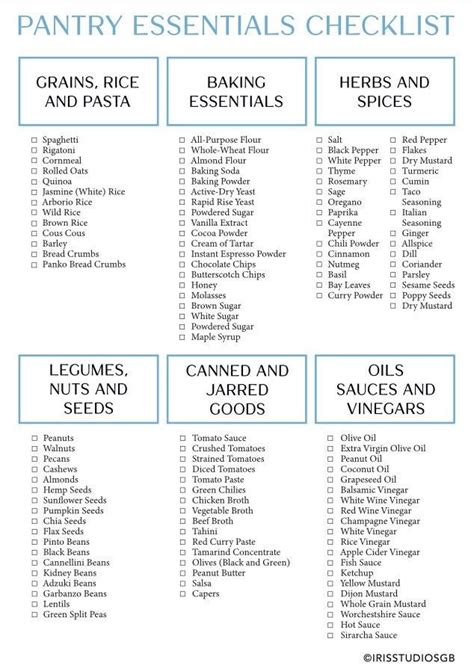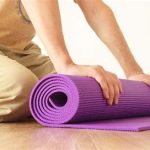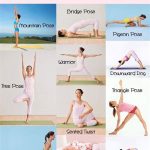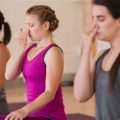Essential Yoga Shopping List for Beginners and Experienced Practitioners
Embarking on a yoga journey, whether as a beginner or an experienced practitioner, requires more than just commitment—it also demands the right gear to ensure comfort, safety, and effective practice. This comprehensive yoga essentials shopping list will guide you through everything you need to build or upgrade your yoga toolkit. We’ve covered key items, practical applications, stakeholder considerations, and much more to help you make informed choices for a fulfilling yoga experience.
Key Concepts of Yoga Gear
Before diving into the details of what to buy, let’s clarify a few important concepts about yoga gear. When practicing yoga, it’s crucial to have the right equipment for optimal alignment, support, and safety. This list will cover the essentials such as mats, blocks, straps, and clothing, but also includes advanced tools for deeper practice. Your choices should prioritize comfort, functionality, durability, and sustainability.
Yoga Mats
The foundation of any yoga practice is the yoga mat. Not only does a good mat provide comfort, but it also prevents slipping during poses, which is especially important for dynamic yoga practices like Vinyasa. Here are key factors to consider:
- Thickness: Mats generally range from 2mm to 8mm in thickness. Thicker mats provide more cushioning, which is beneficial for sensitive knees and joints.
- Material: Eco-friendly materials like natural rubber or cork are not only better for the planet but also provide superior grip and durability compared to PVC-based mats.
- Texture: A textured surface helps with grip, which can be particularly useful if you tend to sweat during practice.
Examples:
| Mat Type | Recommended For | Price Range | Material |
|---|---|---|---|
| Standard 4mm Yoga Mat | All-around practice | $20 – $50 | PVC, natural rubber |
| Thick 8mm Yoga Mat | Pilates, Yin Yoga | $50 – $80 | Cork, rubber |
| Travel Yoga Mat | On-the-go practice | $30 – $60 | Natural rubber |
Yoga Blocks
Yoga blocks are a must-have for beginners and seasoned yogis alike. They provide the necessary support for various poses, helping you maintain alignment and balance. Blocks also allow you to modify poses, making yoga accessible to all levels.
- Material: Foam blocks are lightweight and soft, whereas cork blocks offer more stability and are eco-friendly.
- Size: Standard size is 9” x 6” x 4”, though larger blocks are available for deeper support.
Examples:
| Block Type | Recommended For | Price Range | Material |
|---|---|---|---|
| Foam Block | Gentle Yoga, Restorative Yoga | $8 – $15 | Foam |
| Cork Block | Vinyasa, Power Yoga | $15 – $25 | Cork |
Yoga Straps
Yoga straps are an essential tool for improving flexibility and deepening stretches. They are especially helpful for beginners who may not have the range of motion needed for certain poses.
- Length: Most straps come in lengths of 6, 8, or 10 feet. Longer straps are useful for taller practitioners or more complex poses.
- Material: Cotton and nylon are common materials, with cotton offering a softer feel and nylon providing durability.
Examples:
| Strap Type | Recommended For | Price Range | Material |
|---|---|---|---|
| 6-ft Cotton Strap | Basic stretching | $8 – $12 | Cotton |
| 8-ft Nylon Strap | Advanced stretching | $12 – $18 | Nylon |
Yoga Clothing
Comfortable, breathable, and flexible clothing is crucial for practicing yoga. Your clothes should allow for a full range of movement without causing discomfort or distraction.
- Fabric: Opt for moisture-wicking materials like polyester blends or bamboo to keep sweat away from your skin.
- Fit: While some practitioners prefer tight-fitting clothes to avoid interference during poses, others may opt for looser, more breathable options.
Historical Context of Yoga Gear Evolution
The use of yoga gear has evolved significantly over the centuries. Originally, yoga was practiced on grass or hard earth without mats or props. Modern yoga mats, which were invented in the 20th century, revolutionized the practice by providing the cushioning and grip needed for various postures, particularly as yoga practices like Vinyasa became more physically demanding. Blocks and straps were introduced later to make the practice more accessible and inclusive, allowing practitioners of all levels to experience the benefits of yoga.
Current State Analysis
Today, the yoga gear market is expansive and diverse, with countless brands and products competing to offer the best equipment. As sustainability becomes a growing concern, eco-friendly materials are becoming more popular, with companies moving away from PVC and other harmful plastics. Additionally, the trend toward digital and online yoga classes has spurred innovation in portable and travel-friendly yoga gear.
Practical Applications of Yoga Gear
Choosing the right yoga gear can enhance your practice in several practical ways:
- Improved Alignment: Using a block during standing poses helps maintain proper alignment, preventing injury.
- Better Flexibility: A yoga strap allows you to deepen your stretches gradually.
- Support for Inversions: Thick mats and cushions can provide necessary support for more advanced poses like headstands and shoulder stands.
Case Studies: Different Practitioners’ Needs
Let’s look at how different practitioners use yoga gear to meet their specific needs:
| Practitioner Type | Key Gear | Use Case |
|---|---|---|
| Beginner | Mat, Blocks, Strap | Building flexibility and maintaining balance during poses |
| Advanced Yogi | Mat, Straps, Cushions | Deeper stretches and support for challenging poses |
| Travel Yogi | Foldable Travel Mat, Lightweight Blocks | Portable practice on the go |
| Eco-Conscious Yogi | Cork Mat, Cork Blocks, Cotton Strap | Prioritizing sustainability and natural materials |
Stakeholder Analysis: Who Benefits from Yoga Gear?
Yoga gear impacts various stakeholders, including:
- Practitioners: Benefit from enhanced comfort, safety, and accessibility during their practice.
- Manufacturers: Gain by innovating sustainable products and meeting diverse market demands.
- Yoga Studios: Providing gear for their students ensures a safe and supportive environment, reducing injury risks.
Implementation Guidelines for Buying Yoga Gear
When building or upgrading your yoga toolkit, consider the following:
- Set a Budget: Yoga gear comes in a wide range of prices, so it’s important to know how much you’re willing to invest.
- Prioritize Comfort: Choose materials that feel good on your skin and enhance your practice.
- Opt for Sustainability: Look for eco-friendly options whenever possible, as they are not only good for the environment but often more durable.
Ethical Considerations of Yoga Gear
As more consumers become eco-conscious, it’s important to consider the ethical impact of your yoga gear purchases. Many companies now offer fair trade and sustainably sourced materials, ensuring that your practice aligns with a broader sense of social and environmental responsibility.
Limitations and Future Research
While this guide covers the essential yoga gear, it’s important to note that each practitioner’s needs may vary. Future research could explore more specialized equipment, such as tech-enhanced yoga wearables, and delve into the psychological impact of using specific gear during practice.
Expert Commentary
Experts in yoga and fitness emphasize the importance of choosing quality gear that suits your specific practice. According to fitness professionals, the right equipment can significantly enhance your performance, reduce injury risk, and even increase your motivation to practice regularly. Whether you’re just starting or are deep into your yoga journey, having the right tools makes all the difference in achieving your goals.








